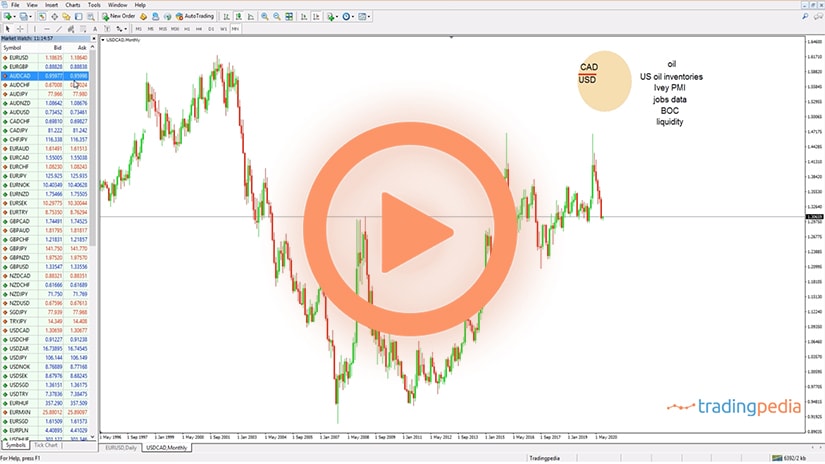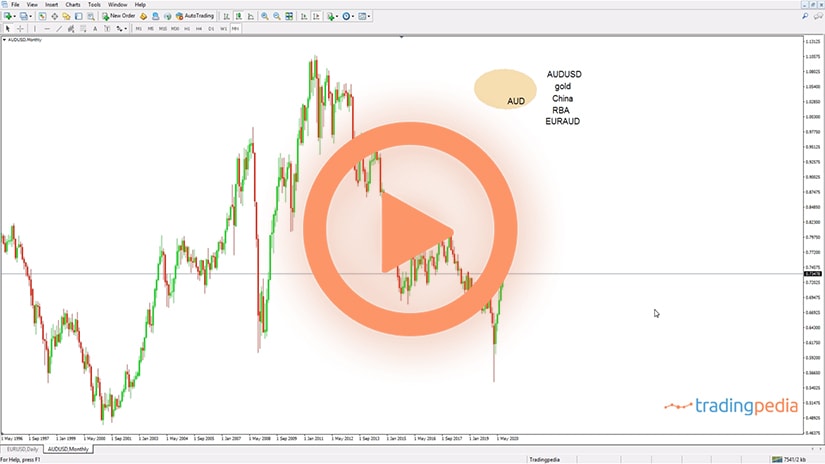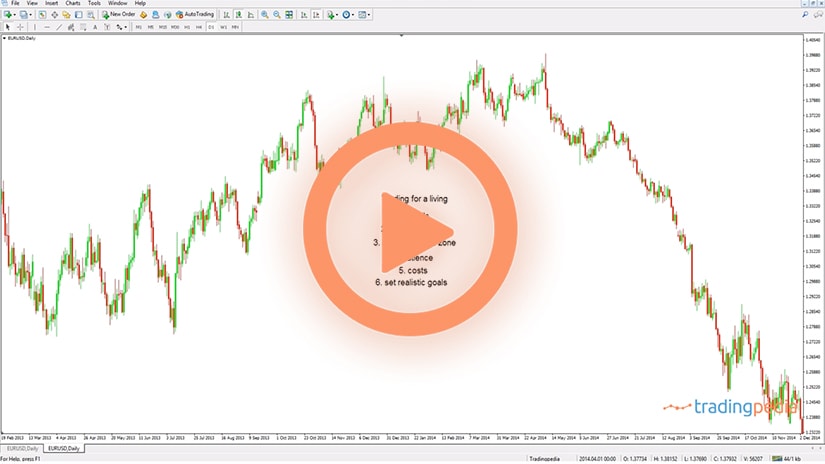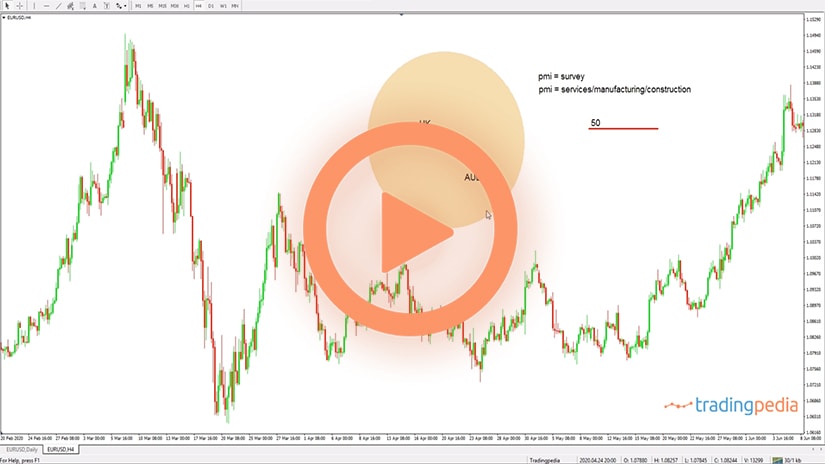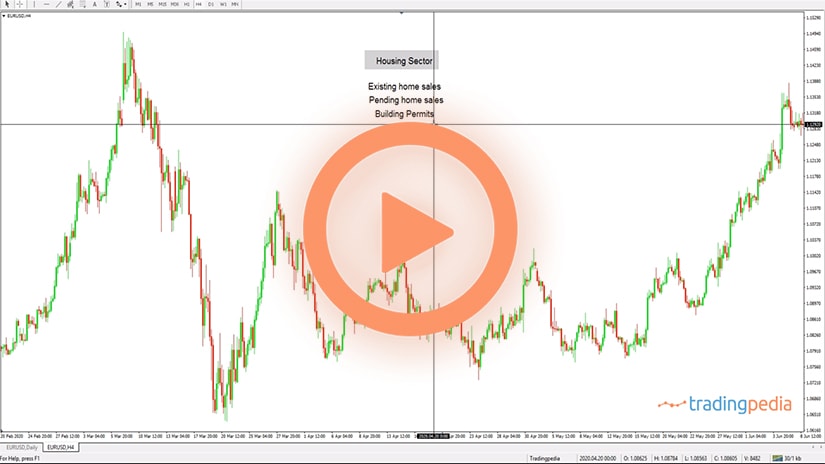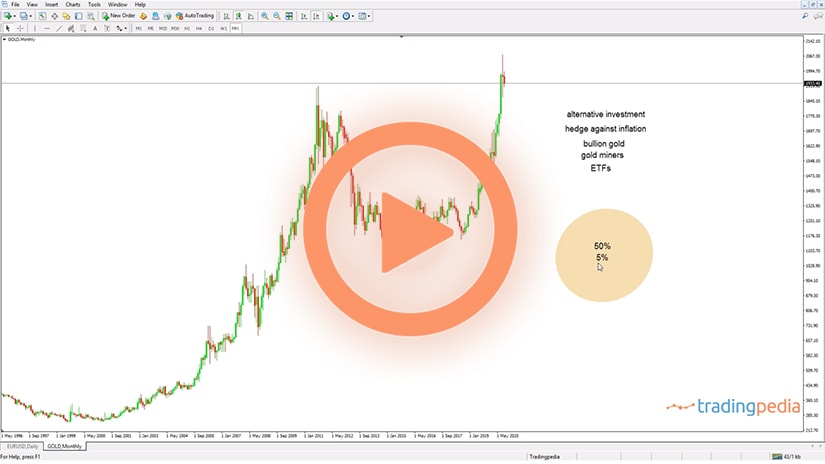
Hello there, this is tradingpedia.com and this video deals with different trading styles one may use. Only three are worth mentioning and the first one is scalping.
Scalping
When a trader is scalping, is using the lower timeframes – the one-minute, five-minute, and rarely the fifteen-minute chart. Let’s go on the five-minute chart on the EURJPY. All trading strategies are technical strategies. Therefore, technical analysis dominates. Let’s say that the trader will choose an oscillator, like the RSI, and if we consider that today is Labor Day, a holiday, the bias is that the market will move in a range. Therefore, we may want to trade overbought and oversold levels.
The market here formed a triple bottom at the same level before bouncing higher. Therefore, technical analysis strategies are suitable for scalping and a scalper opens and closes positions multiple times during the trading day but keeps no positions open for the next day. So, it is like a day job. You start the program in the morning and in the afternoon, you may finish trading and a scalper goes for five-ten pips profit, but not much more than that.
The distance that the market travels is not quite important because you may compensate via the volume traded. For instance, the EURJPY has a one pip spread, so if you have a trading strategy to make ten pips the market needs to move eleven pips because one pip belongs to the broker as a spread. Therefore, it is an expensive strategy because only the spread costs ten percent of the strategy. But you can compensate for the distance with a higher volume. For example, instead of 0.1 and waiting for 100 pips, you may trade ten times bigger volume for ten times a smaller distance.
Swing Trading
From the fifteen-minute chart to the four-hour or even the daily chart, traders are involved in swing trading. This one uses both technical and fundamental analysis. The swing trader would like to check the prices on the four-hour chart and uses all strategies that take time.
A swing trader keeps positions open more than a day – sometimes weeks or months. But a swing trade can also take only a few hours, but that is very rare.
For instance, this is the EURJPY on the four-hour chart. We see that the market forms two higher-highs, but at the same time the RSI diverges from the market. But a bearish divergence on the four-hour chart is very difficult to trade by a scalper. A swing trader checks the charts, notice this pattern, and wants to place a pending order by the time the market breaks lower. If the break does not come, the swing trader does nothing. But if a break does come and the traders has a pending order to sell the pair here, after being filled, the swing traders will not close the trade thirty pips lower. Instead, for this pattern, there is a measured move of a couple of hundred pips. The market may not move today or tomorrow, but the trader stays on the trade and uses risk-reward ratios that exceed 1:2 or 1:3.
Another thing to consider when swing trading is the cost associated to swing trading. More precisely, the negative swaps. Nowadays, most central banks in the world have the interest rates close to zero or below zero and most swaps are negative. Swaps are costs associated with keeping a position open for more than one day. At the end of each day a currency pairs pays a negative swap and the broker will deduct the swap from the trading account and the equity will decline. On the other hand, it may be that there is a positive swap to earn from keeping a position open overnight.
Related Videos
Investing
Last but not least, there is investing. Investing refers to long-term trading on daily, weekly, and monthly charts. Investors do not use indicators.
It does not mean that investors do not use technical analysis, but no investors will buy or sell based on a divergence, for instance. But an investor will likely use trendlines and always has flexibility when it comes to technical analysis because fundamental analysis is the number one reason why an investor goes into a trade in the first place.
An investor has a bigger trading account, more funds in the account, and a bigger time horizon for a trade. Investors do not exit in a day or two, and if they do, they want to deploy funds in some other trades. Investors use interest rate differentials, they look at changes in monetary policy, geopolitics, all kind of fundamental analysis and news that influence the market prices. Usually, the costs associated to trading have a different dimension because they trade big.
Thank you for being here. Bye, bye.
